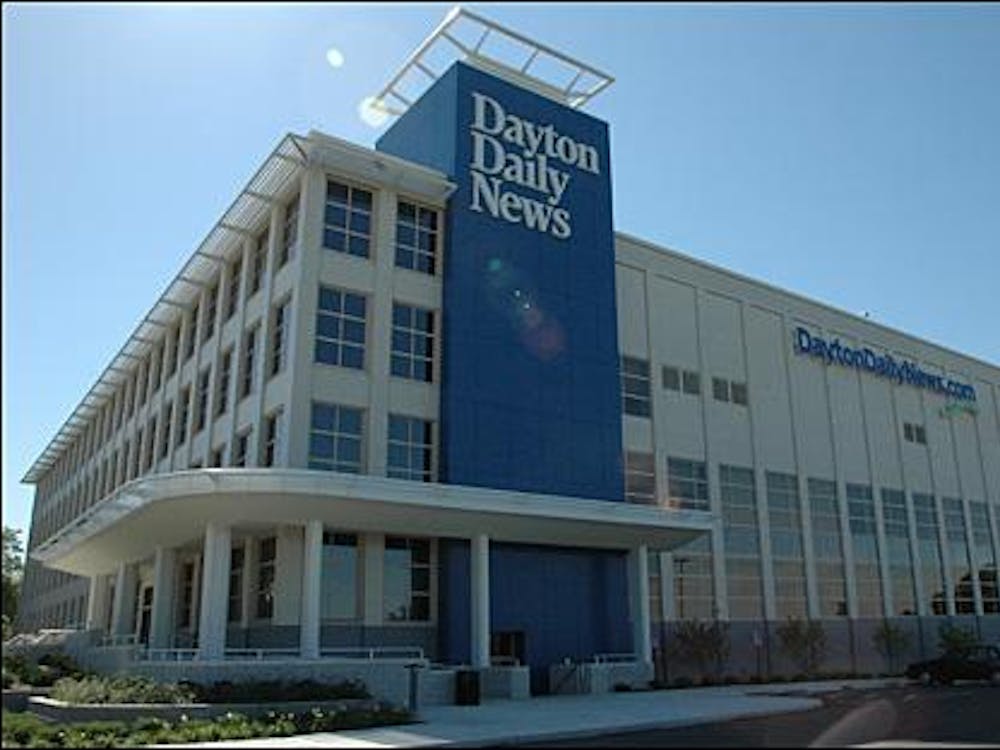The following reflects the majority opinion of the editorial board.
A box of Frosted Flakes costs $7.05 at one of Miami University’s on-campus markets. For comparison, the same box of cereal would cost $2.99 at the Oxford Kroger.
As students, we’ve all seen first-hand how pricey the items sold at these markets can get. But we buy them anyway because when living on campus, there isn’t much of a choice.
But that’s exactly the problem.
Many students, especially first-years, are beholden to on-campus markets when buying snacks and other grocery items because transportation to off-campus locations is not always accessible.
This semester, we’ve covered the lack of economic diversity on campus. If the administration wants to be more socioeconomically conscious, having prices of food marked up 45% on average is a huge oversight.
We understand Miami doesn’t have the same buying power as chain stores like Kroger. We know prices will naturally be higher than what we see at any given supermarket.
But why does the school need to sell food back to us marked up almost 50%?
Our student ID cards act as a bus pass paid for with student dollars, so we can catch a ride to off-campus grocery stores for no charge. But the bus system is not always the most convenient option for students to quickly purchase needed items. What would be a 15- to 30-minute trip for a student with their own vehicle becomes an hour-long excursion while using the bus system.
This is not a rebuke of Oxford’s public transportation, which is extremely valuable. Rather, our point is to illustrate how students in need of convenient access to groceries are often forced to pay on-campus market prices.
As students, we deserve to have our tuition dollars used to benefit us in the best ways possible.
We don’t expect prices to drop by immediately. But reevaluating and reallocating budget dollars to minimize university profit from on-campus markets is crucial to creating a more equitable Miami.
Enjoy what you're reading?
Signup for our newsletter
A budget model where prices at the markets are increased by the lowest possible margins so as to only have a net-zero market operating cost is the most equitable approach.
We understand that the markets act as a business, but they are also an essential student service. They should be catering more toward the latter.
Not everyone can ask their parents to load more money onto their declining balance. If we want to level the playing field to make our campus more equitable for lower-income students, the price of items in on-campus markets absolutely needs to be a part of the conversation.
The university can’t assume that everyone can afford the inflated cost of living on campus.
Change won’t come overnight, but a conversation about creating a more equitable Miami can start with our markets.



